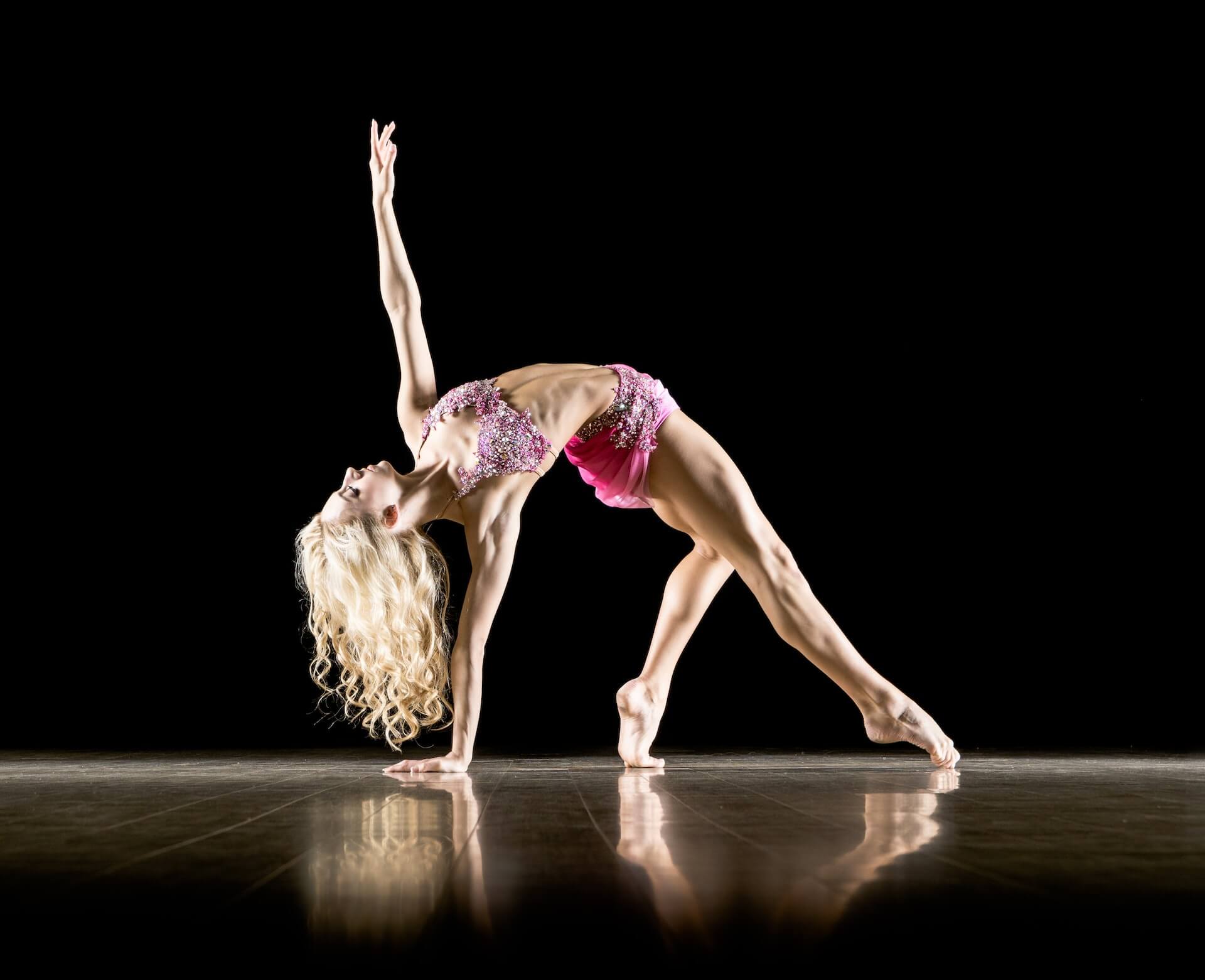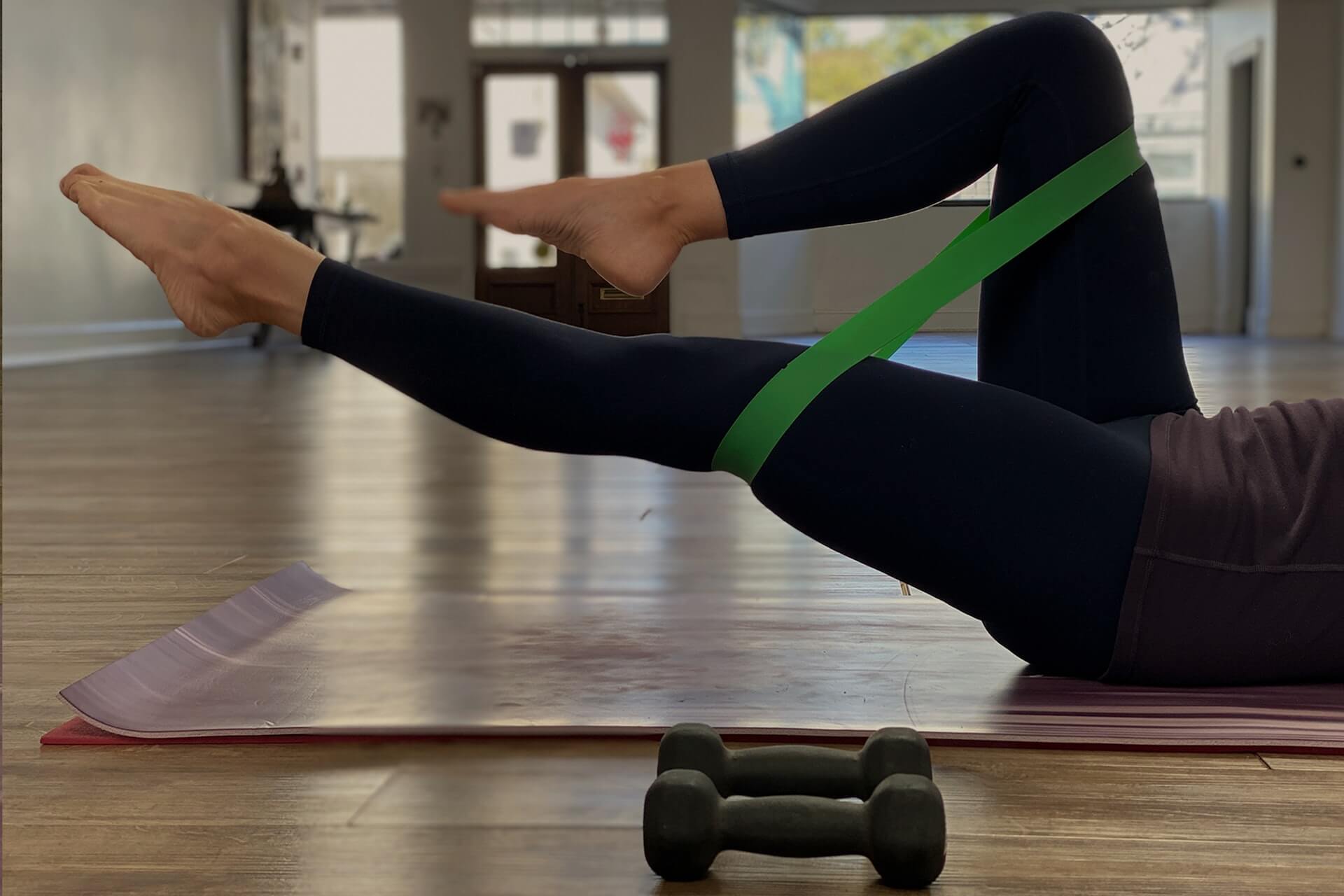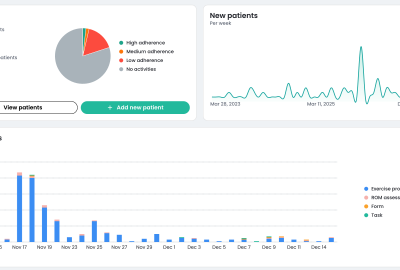Flexibility and muscle strength are the two most important factors in maintaining mobility and fitness throughout life. When a joint flexes or extends, the ability of muscles, tendons, and connective tissue to lengthen and facilitate movement to the fullest is defined as flexibility, while the capability of the joint to move through its entire range of movement is called Range of motion (ROM). Maintaining ROM is important for several reasons, including muscle strength and endurance, reducing the risk of injury when exercising or performing everyday activities, or retaining body balance as a person ages. There are five main joints to consider ROM: ankle, knee, hip, elbow, and shoulder.

What is Range of Motion (ROM)?
Range of motion refers to the amount that your joints can bend and straighten without pain or discomfort. It is also known as joint mobility or soft tissue mobility. For example, according to the Centers for Disease Control and Prevention (CDC), a normal knee joint can flex between 133 degrees and 153 degrees.
It is important to keep a healthy range of motion in order to maintain good posture, which in turn helps in reducing stress on muscles, bones, and joints as well as avoiding injuries such as sprained ankles or wrists. For example, poor ROM in elbows makes it difficult to lift something heavy from ground level up above head level and puts pressure on other parts of the body such as the back and neck. Studies show that a limited ROM adversely affects mental health leading to depression.So keeping a healthy range of motion is very important for holistic health.
Why does Range of Motion matter?
A limited range of motion impacts the functional mobility of the body, thereby reducing the capability for independent operation and quality of life. Comfortable and efficient movement of muscles, tendons, and connecting tissue is essential for optimal mobility. A diminished Range of Motion puts pressure on other parts leading to muscle imbalance, bad posture, and imbalanced body alignment. This is often the underlying source of pain and increases the risk of injury.
Conditions Affecting Range of Motion
Several conditions, natural, genetic, or lifestyle issues can adversely affect the Range of Motion. Sports and occupational injuries can also impact mobility. Conditions that may impact a person’s range of motion include, but are not restricted to
- Several forms of Arthritis, such as Osteoarthritis, Rheumatoid Arthritis, and Ankylosing Spondylitis
- Fibrosing disorders such as Dupuytren’s disease
- Motor disabilities such as Cerebral Palsy
- Progressive and mutative conditions such as Muscular Dystrophy
- Congenital issues such as torticollis
- Conditions resulting from injuries such as Volkmann Ischemic Contracture
- Autoimmune and neuromuscular conditions such as Myasthenia and Myositis
- Brain stroke or head injury.
- Muscle, ligament, or tendon injury
- Neurological issues such as Proprioception or Complex regional pain syndrome
- Infections of the joint, bacterial or otherwise
Medical or mechanical conditions apart, a sedentary life resulting from a lack of exercise and movement can severely impact the Range of Motion. The age-old adage ‘use it or lose it’ applies to muscles, joints, and supporting tissues, especially with progressing age.
Range of Motion Measurements
A Range of Motion measurement using a goniometer is often the first step taken by a physical therapist before beginning a physical therapy program. A goniometer consists of two arms hinged together. One is stationary and the other is movable. Each arm is placed at a specific point of the body with the center aligned at the joint where the measurement is being made. The therapist measures the ROM in degrees with the help of hash marks on the hinge. Three types of range of motion are measured by the PT.
Active ROM
When a patient actively moves his or her limb through its full range of motion without any assistance or discomfort, the movement contributes to active ROM. In case of a previous injury or limitation, the patient must also exhibit no signs of compensating for it as they move their limbs through their active ROM exercises. In a therapy routine, AROM exercises
- Aid muscle strengthening through active movement
- Promote flexibility of supportive tissue and tendons and thereby the joint
- Relieve pain and numbness
- Reverse or prevent muscle atrophy
- Promote the production of synovial fluid, keeping tendons pliable and cartilage in shape
- Trigger and strengthen neural connections via sensory stimulation
- Lift mood and increase general fitness, which improves overall life function
Active Assistive ROM
Active assistive ROM is performed when a patient is in control of the movement but is unable to move a joint through its full range of motion. In this case, the therapist uses gentle force to assist the patient in moving the joint through its full range of motion. AAROM is used to build muscle strength and improve joint flexibility.
This technique is used during recovery from surgery or an injury when the body isn’t completely ready for normal movement. When mobility has been severely limited by injury or conditions like arthritis, the therapist might start with PROM and then progress to AAROM before the patient can perform AROM exercises. It is however important to note that the patient needs to be in control and comfortable with the degree of movement. Under no circumstances should the patient be pushed to a point of pain that may lead to muscle tear or joint damage.
Passive ROM
Passive ROM is where the patient is relaxed and the therapist moves a joint through its available range of motion either manually or by using a continuous passive motion (CPM) machine. PROM exercises are used during the early phase of recovery from injury or surgery. Typically, PROM exercises help with the following:
- Reducing stiffness and spasticity in muscles.
- Facilitating and improving joint mobility
- Preventing muscle sores and contractures
- Promoting blood flow to the affected area
- Nudging sensory stimulation between the brain and the affected area
How Physical Therapy improves Range of Motion
In addition to addressing muscle imbalances, physical therapy can help increase range of motion by improving flexibility. The therapist will often use manual techniques such as massage or stretching while performing an exercise with the patient. Physical therapy is designed to improve range of motion in a patient’s joints by teaching the body how to move, stretch and strengthen those joints. A therapist will assess a patient’s limitations and then design an individualized treatment plan that includes exercises, stretches, and other therapies. Those activities are all aimed at helping the patient improve his or her mobility while reducing pain associated with joint issues.
Exercise and stretching trigger the production of synovial fluid which cushions the ends of bones, reducing friction during joint movement. Further, active ROM exercises prescribed by a therapist reinforce neural connections, teaching and reteaching the body how to move. With remote platforms such as Kemtai providing motion tracking, active feedback, and specialized exercise routines, the therapist can set exercise routines, enforce them and successfully track the recovery of the patient.
Some of the most common modalities for treating and restoring Range of Motion are
- Stretching and strengthening exercises
- Mobilizations with movement such as SNAGs
- Hydrotherapy Therapy using the natural buoyancy and resistance that water provides
- Heat Therapy
- Electrotherapy for muscle stimulation
Multiple studies have found that a well-designed range of motion exercise program, supervised by a trained physical therapist, can significantly improve the affected person’s ability to move.
A study published by the American Society of Clinical Oncology found that participants who received physical therapy after lymph node surgery regained full ROM more quickly than those without the rehabilitation. The authors of the study recommend physical therapy soon after surgery to recover faster and maintain better movement.
Published in the Journal of Physical Therapy Science, a study of patients recovering from acute stroke found that patients who participated in a four-week range of motion exercise program experienced significant improvements over others. The benefits include an increase in range of motion, improvement in the function of upper extremities, reduced edema, and better performance in daily activities. Several other studies support the use of physical therapy to improve or regain range of motion in joints.
A combination of ROM therapies and techniques can help patients regain flexibility and range of motion. The goal is for patients to be able to move with greater ease, which will reduce pain and improve overall health.
Use it or Lose it
Structure and function are inextricably linked. The adage “form follows function” is often reversed in anatomy—that structure determines function. The degree of joint movement is determined by many factors, one being the specific shape and structure of the two bones involved in the articulation. If underused or overused, the degree of movement of the joint can be severely impacted.
Think of a rubber band. It is more flexible when it’s new, but it becomes more rigid and less pliable over time. Overuse weakens it and reduces its flexibility and strength. The same is true for body joints and supporting tissues—they need to be used regularly and appropriately in order to stay healthy and flexible. Without regular use, a joint can become stiff, weak, and prone to injury or degeneration, while overuse can result in joint pathologies such as Pitcher’s elbow or wrist carpal tunnel.
The importance of maintaining a healthy Range of Motion (ROM) cannot be understated! As we age our muscles start to lose their elasticity, which leads to tightness, muscle atrophy, loss of supportive tissue, and joint pain. Incorporating stretching and holistic movement into exercise routines from a young age can maintain flexibility throughout life, reducing the risk of pain or injuries down the road.
[WPSM_AC id=1880]



